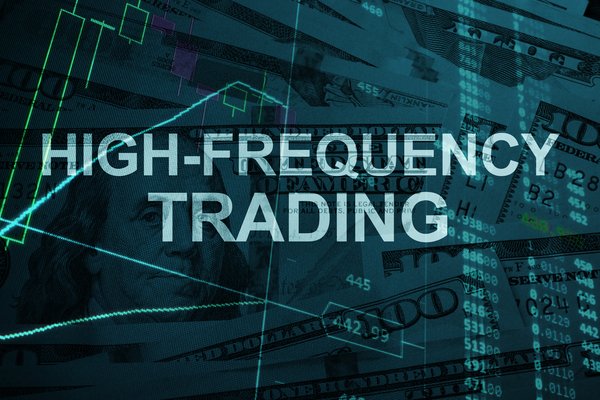- RESOURCES -
:max_bytes(150000):strip_icc()/GettyImages-1036926180-b9f29cbe5df3436bbd85062acce3ac50.jpg)
What Is High-Frequency Trading?
High-frequency trading (HFT) is an automated trading platform that utilizes powerful computers to transact a large number of orders at high speeds.......
www.investopedia.com

PRIMER: high frequency trading | IFLR
This edition of IFLR’s free-to-read primer series looks at high frequency trading (HFT), exploring recent trends in the space and discussing assertions levelled against certain strategies......
www.iflr.com

Understanding High-Frequency Trading and Its Influence
Explore the world of high-frequency trading (HFT), a fast-paced strategy employed by large institutional investors.
......
www.yieldstreet.com

What Is High-Frequency Trading (HFT)? | The Motley Fool
High-frequency trading is a system of using algorithms and extremely fast connections to make trades in fractions of a second.......
www.fool.com
High-Frequency Trading | Position Paper
CFA Institute believes HFT is not inherently manipulative or fraudulent, but may lead to manipulative or fraudulent activity.......
rpc.cfainstitute.org
37+ High-Frequency Trading (HFT) Strategies - DayTrading.com
We provide 20 high-frequency trading (HFT) strategies, from the well-known to the less common. Plus a C++ coding example of an HFT algorithm.......
www.daytrading.com





